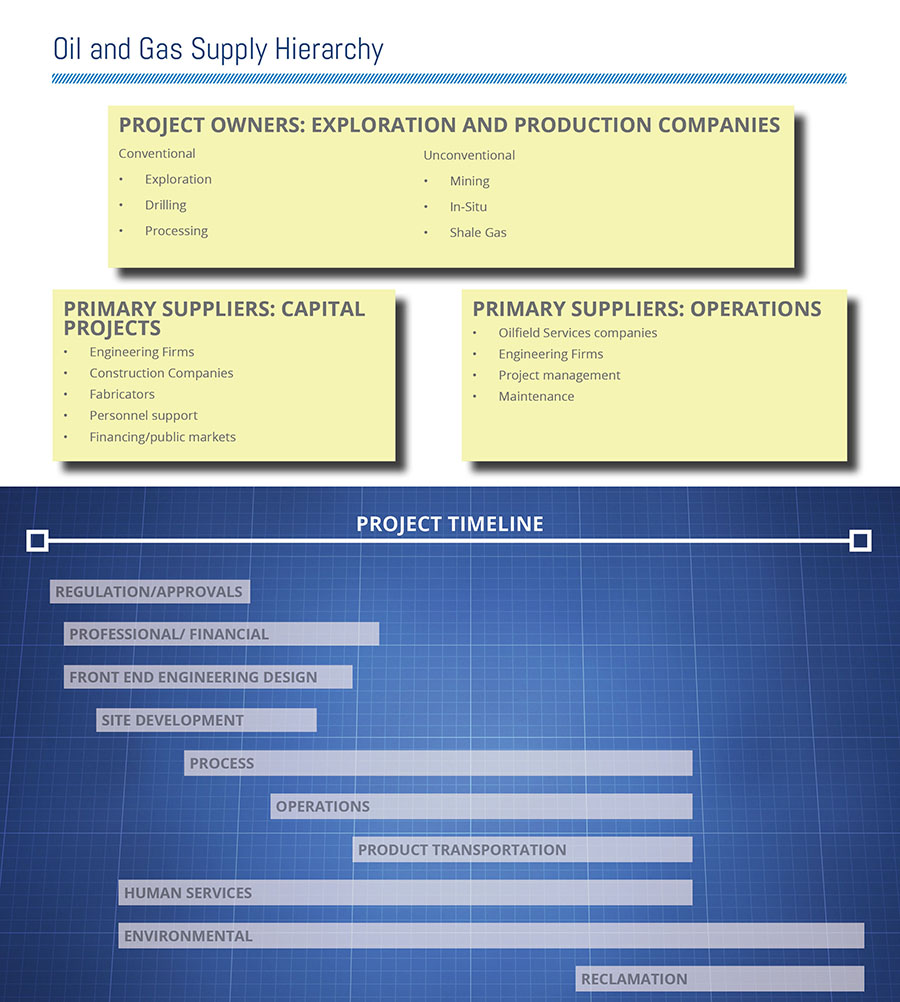 Global demand for oil continues to grow, according to the International Energy Agency (IEA), albeit muted by weaknesses in the European and U.S. markets. Population growth and the development of middle class economies in Asia will continue to drive demand to new heights. In Q4 2012, the global consumption exceeded 90 million barrels of oil per day. This is by far the most our planet has consumed per day in history.
Global demand for oil continues to grow, according to the International Energy Agency (IEA), albeit muted by weaknesses in the European and U.S. markets. Population growth and the development of middle class economies in Asia will continue to drive demand to new heights. In Q4 2012, the global consumption exceeded 90 million barrels of oil per day. This is by far the most our planet has consumed per day in history.
The Canadian oil sands are one of the three largest reserves of oil in the world and currently boast over 170 billion barrels of oil in place which are recoverable with today’s technology and economic factors.
A solutions based approach is important to entering this market. Identifying an issue or area of need and then bringing a solution to that need is key to success. In order to develop a successful market entry strategy, you need to understand the following:
- The Decisions Makers
- Tier of Suppliers
- Market Entry Options
The Decision Maker Map
It is important to recognize the various levels of decision makers and influencers who will affect decisions to purchase your product or service.
There are four categories: Executive, Management, Project Lead and Field Personnel
Executive – The executive is typically concerned with the decision to buy a certain product or service based on the return that purchase will bring to the company. Quite often they are a long-range thinker who makes decisions in a slower and calculated way.
Management – At the management level, the decision makers are often driven by systems and process. This includes procurement, qualifications, certifications, delivery and quality control.
Project Lead – The project lead is tasked with the specifics of their project. It is important that your solution truly meets the challenges that the project lead is encountering. If it does not enable the project lead to significantly increase the cost structure of productivity of the project, they will perceive little value in the solution and will reject it.
Field Personnel – Many solutions have been tested and work well in a lab or shop, but when transferred to the field they can fail miserably. The challenge is often scalability, and it is critical to have field personnel who are supportive of your particular solution.
The Tiers of Suppliers
Once you understand the levels of decision makers within the company that owns the project, it is important to understand how the industry around them procures and supplies their required products and services. From the owners to the engineering firms to the construction companies, each plays a critical role of which you as a supplier need to be aware.
As the following chart indicates, the types of extraction and processes will affect the role of various influencers on a project. You need to recognize this and identify where your product or service fits in the supply chain hierarchy. In some cases, this is not as clear as in other industries and markets that suppliers may be accustomed to.

Market Entry Options
Depending on the product and/or service that your company offers, you can build a market entry strategy which evaluates the forces influencing the industry including:
- Labour force challenges
- The market price for heavy oil
- The capacity of suppliers and manufacturers in Western Canada
- Impacts of high field costs encountered in installation and
- construction
- High quality standards and severe operating environments
- Environmental footprint
- Technological challenges
7 functional steps you may want to consider including in your market entry strategy:
- Virtual Office – The least expensive approach to the market is to take a local “virtual address” and use phone, email and web solicitation to stimulate business.
- Visit Strategy – This involves a commitment by a senior business development manager who is focused on the market on a continual basis but is not located in market.
- Sales Office – Hiring a salesperson in the market and from the market can be a powerful way to build up your market credibility.
- Partnership – A method of entry that can be highly effective and attractive from a cost point of view is developing a strategic partnership with an in market supplier.
- Operational facility – This solidifies your footprint in the market, which can be a powerful message on its own.
- Acquisition – If your financial means allow for it, or if you have a financial partner willing to expand, this can be an excellent market entry option. Of course, finding the right acquisition and closing a deal in a busy market can be a challenge, but many companies in Alberta are at a succession stage that would welcome this approach.
- Vertical Integration – In some cases, it makes sense for companies to expand their product of service offering to provide a more complete package to the buyer.
Be seen to succeed
In the end, the Canadian oil and gas industry is built on relationships and experience. Companies interested in gaining market share in the supply chain should understand and respect this. Being seen in the market on a regular basis and being available to answer questions in person will provide you a significant advantage over companies who try to service the industry from a distance. Working with the industry to identify and develop solutions to improve the projects will be received well by these like-minded decision makers.
This perception of presence is best accomplished by having staff and a physical presence in the market. If this is not an option, it is possible to fly in and out of the market and work it from a distance. But remember that your competition will be breaking the buyers’ doors down on a regular basis with products and services that are newer and better than yours. Stay on top of relationship development to have success.
If you’d like to read our full report on entering and succeeding in Alberta’s oil and gas industry, you can download it for free on our website.







disqus comments